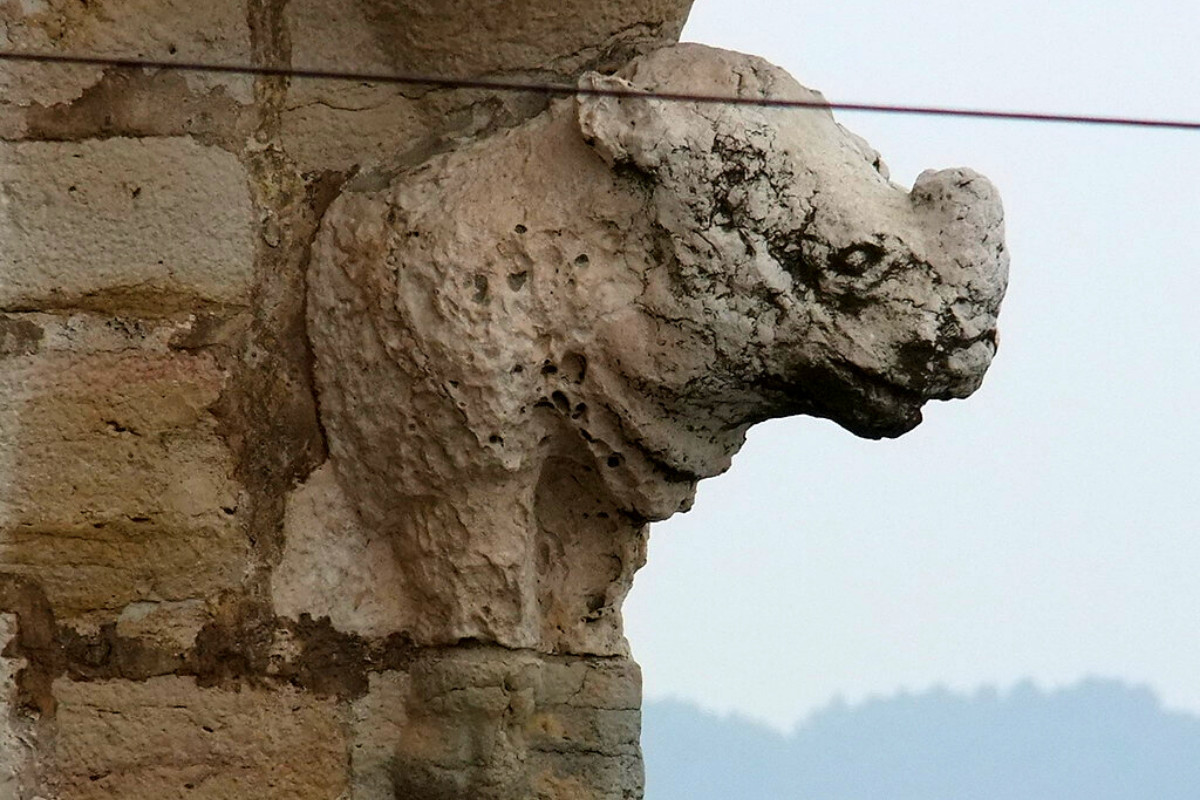We are not talking about any rhinoceros: it is the first sculptural representation of a rhinoceros in Europe.
But where does this rhinoceros come from? In 1514, the founder of the Portuguese Empire in the East, Afonso de Albuquerque, intended to build a fortress in Diu, in the kingdom of Cambay, which was ruled by King Modofar. To do so, the King of Portugal, Manuel I, authorized the sending of an embassy to the kingdom of Cambay in order to build the fortress.
Modofar did not agree to the request, but he did something curious: he offered Afonso de Albuquerque a rhinoceros. A rhinoceros that would arrive in Lisbon after a four-month journey, disembarking at the construction site of the Tower of Belém and causing a sensation.
The Portuguese had never seen anything like it: there was a large, rugged animal, the first live rhinoceros on Portuguese soil. A year later, the king decided to offer it to Pope Leo X during D. Manuel's embassy to the Pope in 1513. The embassy aimed to reaffirm the obedience of the Portuguese sovereign and, at the same time, secure the Church's recognition of Portugal's role in the discovery and conquest of new territories and its sovereignty over them. The rhinoceros, forever immortalized in the Tower of Belém, would eventually die during the journey, as the ship sank off the coast of Genoa.

